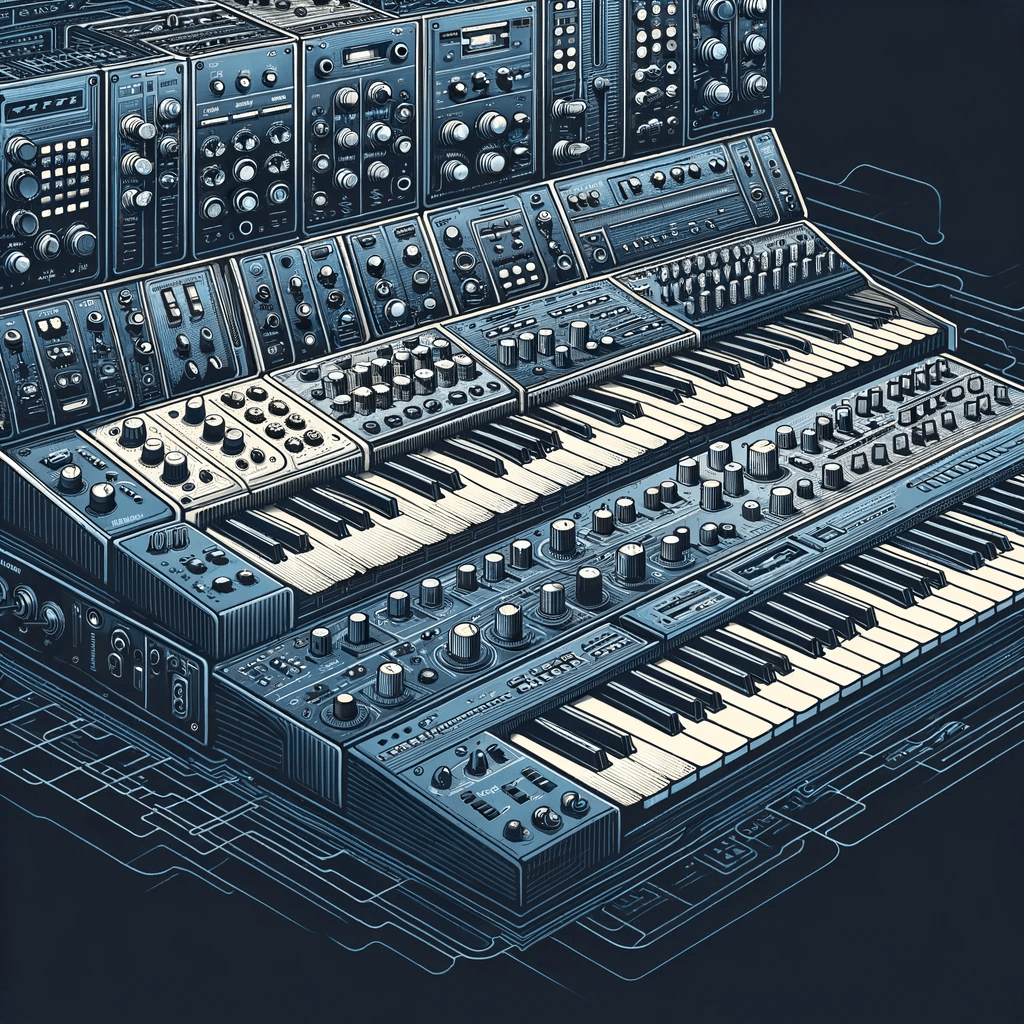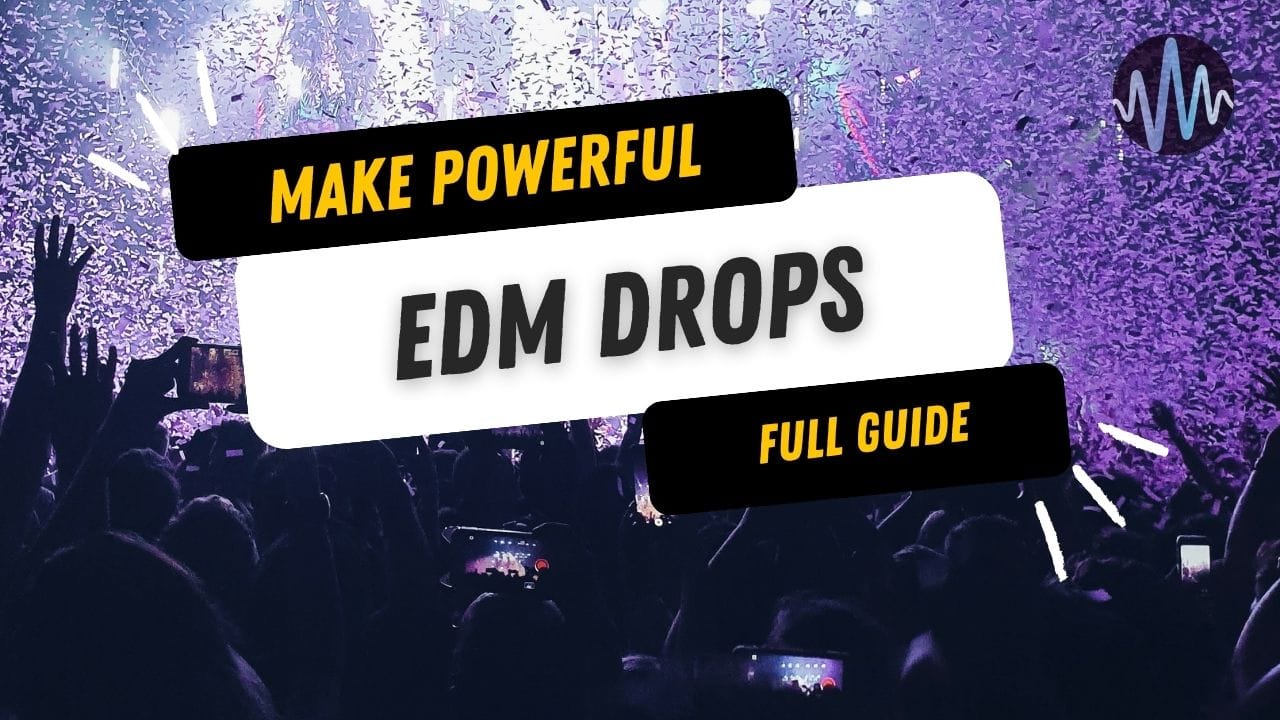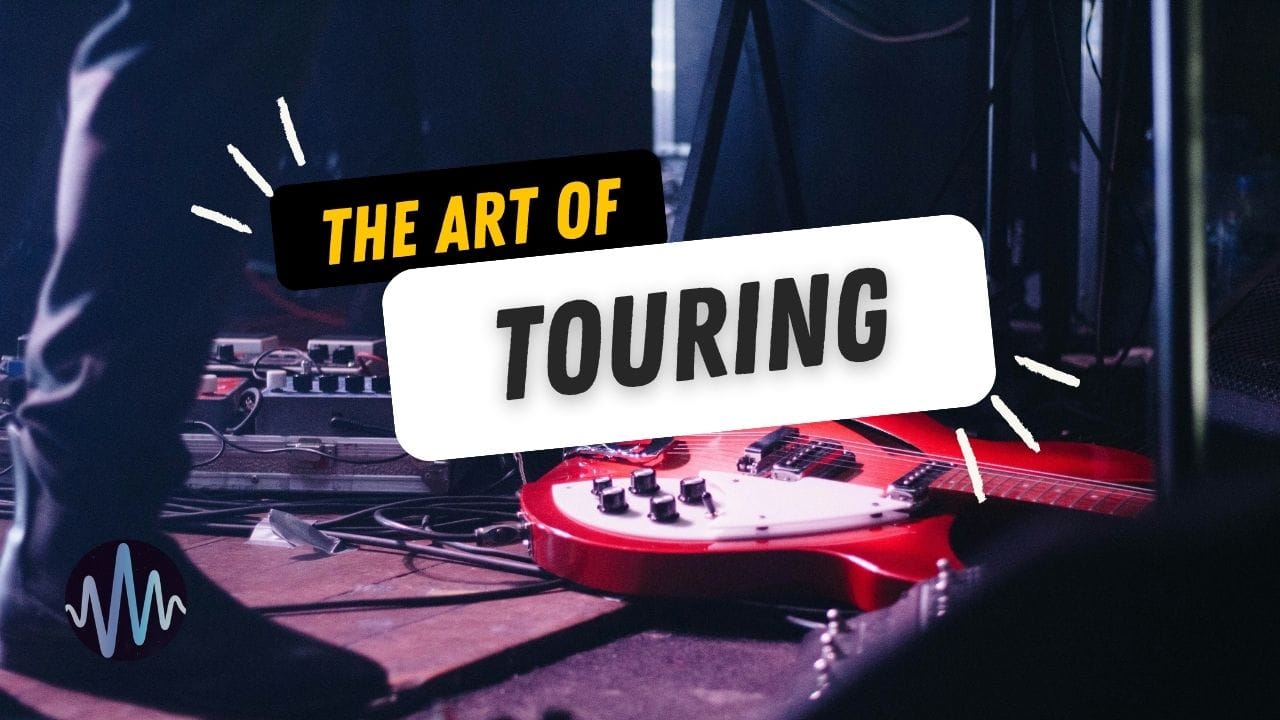Welcome to part 2 of Sample Focus's deep dive into the world of Drum & Bass production. If you're a begginer and haven't read part 1 of our Cubase Drum and Bass tutorial, we suggest doing that first.
You can use our Sample Focus drum and bass loops and sounds, curated from a large samples library, together with the power of Cubase. Read on, and we'll walk you through the essentials of crafting that iconic DnB sound using drum and bass beats.
Sample Focus has so many high-quality samples tailored for Drum & Bass production. Make sure to go through as any as you can. We'll take care of showing you the process of integrating these samples into a DnB track using Cubase.
Free Drum and Bass Pack
.gif?1641765089)
Sample Drum and Base Beats and Loops

.gif?1690146634)
DnB Track with Cubase and Sample Focus Drum and Bass Beats

Building on part one, here's a deeper dive into what we saw. We'll walk you through this part of the process of how to make DnB music, step by step, and make sure nothing is left out.
Setting Up Your Tracks:
- Open Cubase and create a new project. Navigate to the tracklist and add two new audio tracks.
- Label one track as "Kick" and the other as "Snare" for better organization.
- Drag and drop your chosen kick and snare samples from Sample Focus onto their respective tracks.
Establishing the Basic 2-Step Beat:
- Set your project's BPM to a typical DnB tempo, which usually ranges between 160-180 BPM.
- Using Cubase's grid and snap functionality, place the kick sample at the beginning of every bar (on the first beat) and the snare sample in the middle of the bar (on the third beat). This basic rhythm forms the backbone of the 2-step DnB beat.
Layering and Enhancing the Rhythm:
To add depth and complexity to your beat, consider layering multiple kick or snare samples. This can give your drums a unique character and smoother sound.
- Introduce hi-hats to give your beat a faster perceived pace. Place them on every off-beat or use a more intricate pattern, depending on the vibe you're aiming for.
- Incorporate cymbals, like rides or crashes, to accentuate certain parts of your pattern, such as the beginning of a bar or transitions.
- For added rhythmic complexity, explore other percussive elements from Sample Focus, such as shakers, tambourines, or bongos. These can be sprinkled throughout your pattern to create interesting grooves and variations.
Fine-Tuning and Variation:
- Utilize Cubase's MIDI editor to adjust the velocity of individual hits, giving your drum pattern a more dynamic and humanized feel.
- Introduce slight variations in your drum patterns every 4 or 8 bars. This can be as simple as changing the hi-hat pattern or adding a drum fill using toms or other percussive elements.
- Consider using Cubase's Groove Agent or any preferred drum VST to further manipulate and process your drum sounds, adding effects like reverb or delay for added depth and space.
DnB Drum Sounds in Cubase
Sound Selection:The quality of your drum beats and sounds is paramount. Use Cubase's MediaBay in conjunction with Sample Focus to sift through and select top-notch drum samples tailored for DnB.
Layering:Layering can add depth to your drums. For instance, layering a high-frequency snare with a deeper one can yield a fuller, more impactful snare sound. Cubase's "Track Versions" allows for non-destructive experimentation.
Processing:EQ is your best friend. Boost the kick around 60-100 Hz for punch and cut the snare around 250-400 Hz to eliminate muddiness. Compression can tighten your drum sounds, making them more cohesive. A touch of reverb, especially on snares and claps, can add a sense of space.
Variation:Variety is the spice of DnB. Use Cubase's MIDI editor to introduce subtle variations in your drum patterns, ensuring the rhythm remains fresh and engaging throughout.
Building the Bassline:
💡Import a bass sample or loop from Sample Focus.
💡If you're using a loop, ensure it matches your project's BPM. If not, use Cubase's time-stretch feature to align it.
💡For more dynamic basslines, consider layering multiple bass samples or using Cubase's built-in synths to complement the Sample Focus bass.
Technical Breakdown: DnB Bass Loops
Here's some in-depth technical tips and tricks on how to work around DnB Bass Loops.
EQ Adjustments
- Use Cubase's "Frequency EQ" and switch to a high-Q setting for surgical adjustments.
- Identify problematic frequencies by boosting a narrow band and sweeping across the spectrum.
- For muddiness, cut around 200-400 Hz. A 2-3 dB cut with a Q value of 2.0 can be a starting point.
- For more punch, consider a slight boost around 60-100 Hz.
- Always use the A/B feature in the EQ to compare before and after adjustments.
Saturation for Warmth:
- Open "Magneto II" in Cubase.
- Set the "Saturation" knob to a low setting initially, around 10-20%.
- Adjust the "Bias" to control the warmth. A positive bias adds tube-like warmth.
- Monitor the output level to ensure you're not clipping. Adjust the "Output" knob if necessary.
- For third-party plugins, use moderate "Drive" settings and ensure "Dry/Wet" isn't set too high.
Multiband Compression for Control:
- Load Cubase's "Multiband Compressor."
- Focus on the low band (20-100 Hz) for sub-bass control. Set the threshold so the compressor engages during the loudest parts.
- Adjust the ratio to around 2:1 or 3:1 for a more natural compression.
- Set a fast attack (5-10 ms) to catch peaks and a release of around 50-100 ms to maintain the bass's natural rhythm.
- For mid or high frequencies, adjust the respective bands to control any overpowering harmonic content.
Movement and Dynamics:
- Use Cubase's automation lanes. Draw subtle changes over time for parameters like filter cutoff or volume.
- For filter movement, automate the "Cutoff" parameter in your bass synth or effect. A slow-moving low-pass filter can introduce evolving warmth.
- Consider using Cubase's "Auto LFO" or "Modulation" effects to introduce rhythmic or dynamic changes.
- Parameters like resonance, panning, or even saturation amount can be automated for added dynamism.
- Always ensure that any modulation or movement complements, rather than distracts from, the overall groove of the track.
Recap: Bass Loops Process for Drum and Bass Music
✅Sample Integration: Start by dragging your chosen bass sample or loop from Sample Focus into Cubase's arrangement window.
✅ Tempo Alignment: If you've opted for a loop, it's essential to ensure its BPM aligns with your project. Utilize Cubase's "AudioWarp Quantize" feature to adjust the loop's timing intricacies.
✅ Layering Techniques: To infuse depth and character, layer several bass samples. Use Cubase's "Track Versions" for easy comparison between different layering combinations.
✅ Synthesis Augmentation: Dive deeper by integrating synthesized bass tones from Cubase's synths like Retrologue or HALion Sonic SE. Craft a sub-bass layer with a simple sine wave to underpin and bolster the main bass.
✅ Filter Modulation: Apply subtle filter movements using Cubase's "Auto LFO" or "Quick Controls" to introduce dynamic movement within the bassline, making it more engaging.
✅ Frequency Management: Ensure clarity by using Cubase's "Frequency EQ" to carve out space for each bass layer, preventing muddiness and ensuring each layer shines.
✅ Sidechain Dynamics: Apply sidechain compression, using the kick as the trigger, to allow the bass to breathe in sync with the drum pattern, creating that quintessential DnB groove.
✅ Spatial Processing: Use subtle stereo widening techniques or Cubase's "Stereo Enhancer" to give the bassline a broader stereo presence without compromising its mono compatibility.
✅ Resampling Approach: Consider bouncing your layered bassline to a new audio track and then manipulating it further using Cubase's pitch-shifting, reverse, or granular processing for unique textures.
✅ Final Touches: Regularly reference your bassline against professional DnB tracks within Cubase to ensure it stands up in terms of power, clarity, and movement. Adjust accordingly using EQ, saturation, or multiband compression.
.gif?1672423316)
To help you further, here's an official video by Steinberg from Cubase, on "DnB Production Basics using Cubase".
Final Words
Integrating Sample Focus samples into your DnB production can elevate your tracks, providing them with professional-quality sounds that stand out. With Cubase as your DAW, the possibilities are endless.
If you're still wondering which DAW to use, then our Cubase vs Ableton write up is just for you.







Comments